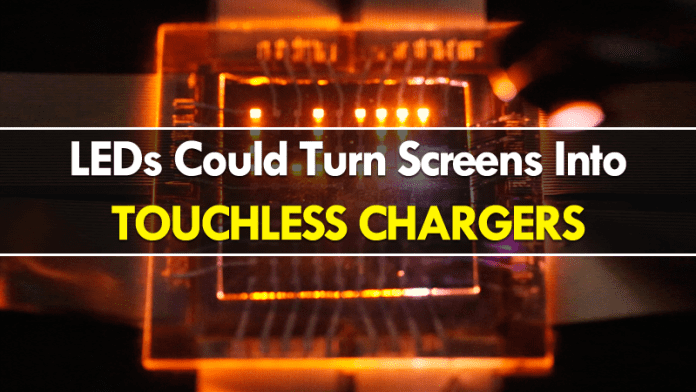A team of researchers at the University of Illinois, along with other international institutes, can definitely mark the market for LCD screens. They produced a pixel LED of nanorods capable of emitting and detecting light. In the video below, you will see a description of how nanorods manage the power of emitting, as well as being able to receive light, thus opening doors to new features. Within these functionalities, it is up to smartphone technology to “see” without the need for a camera lens or to communicate with one another using Light Fidelity (Li-Fi) technology.
In the description of the research, revealed in the journal Science, the international team of researchers combined three types of semiconductors to produce the nanorods. A professor at the University of Illinois, Moonsub Shim said that “Nanorods contain three different semiconductor materials. The first semiconductor, which is attached at the tips of the nanorod, is the quantum dot that emits and absorbs visible light, the other two semiconductors are the main body of the rod and the shell around the quantum point. These components facilitate and control the flow of electrons (negative charges) and holes (positive charges) to the quantum point”. In this way, your smartphone’s screen may soon be able to detect the shadow of your hand and perform actions through your gestures. Scientists have been able to figure out the right way to create light-emitting diodes (LEDs) that can also sense and absorb light. The researchers modified small versions of LEDs, called quantum dots. Normally, the semiconductor material isolates a quantum point inside a shell, preventing it from detecting light. To solve this problem, scientists created the nanorods. In this way, the quantum dots directly remain in contact with two semiconductor materials. One allows the movement of the positive charge, and the other allows the movement of the negative charge. Together, these materials can regulate the movement of electrons into and out of the quantum point. These two-way LEDs alternate between light-emitting and light-detecting modes, but they do so in such rapid shapes that the human eye sees only the constant red light. This research is moving towards the development of green and blue versions of two-way LEDs, thus serving the multi-colored displays that make up, for example, smartphones and TVs.
So, whenever this technology will be presented in a mature way, which may be nearby, simply it will grant several possibilities for interfaces and applications of devices, as it can be a screen that collects light and carries its batteries, it can be a TV that communicates with a smartphone, A smartphone that receives signal from the Internet by Li-Fi or screens that correct pixel-to-pixel brightness.
Δ


